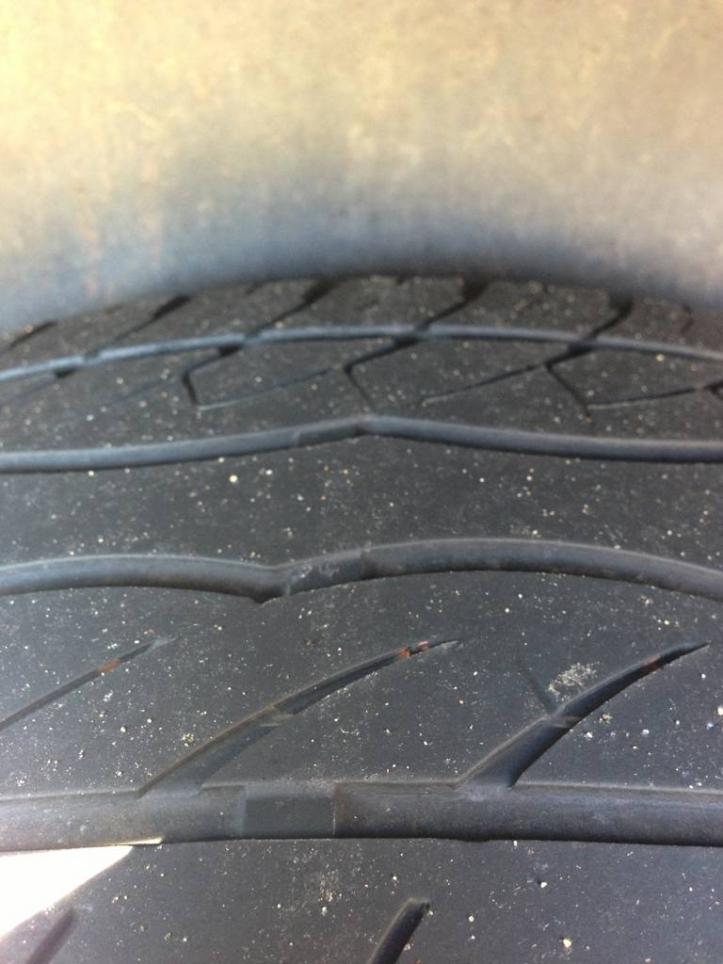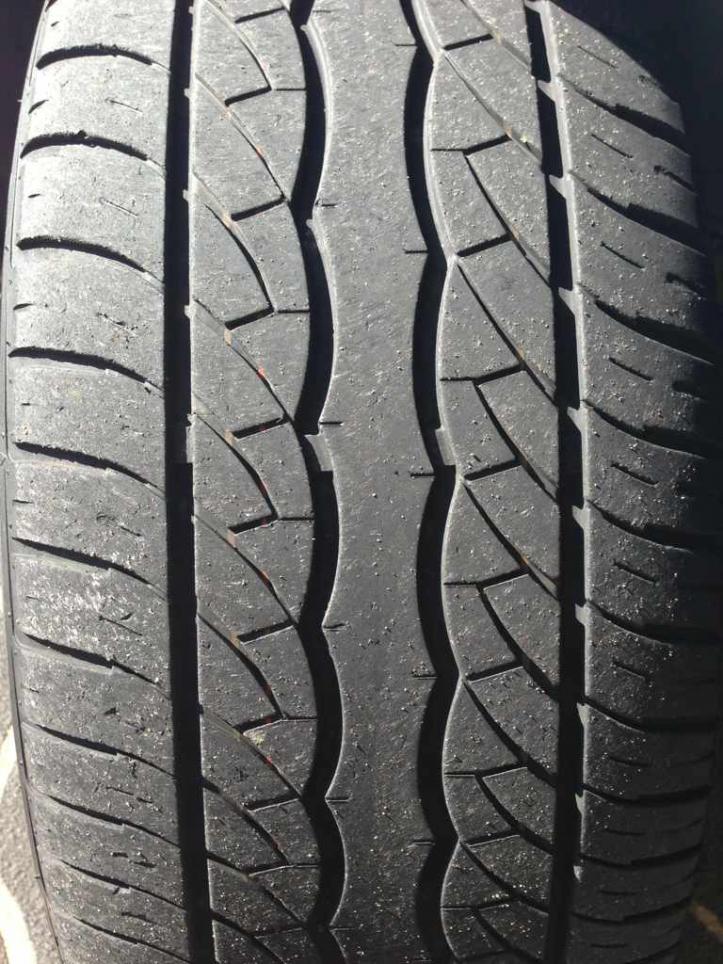Pinched from the net. Not sure if it is what you are after.
In general, speed ratings of V or above mean that the tire has extra cap plies or even multiple steel belts to provide extra stability at very high speeds.
To answer your questions you need to know a bit about speed ratings and what they really mean, so here's the 10-cent course. The term speed rating is a misnomer; it is really more of a test of a tire's stability over time while driving at highway speeds.
All tires generate heat when rolling. Imagine the sidewall flexing as it goes from fully extended at the 12 o'clock position to fully compressed at the 6 o'clock position. At 100 km/h, the tire of a small sedan rotates about 800 times per minute, generating a lot of heat. So as speeds go up, the heat goes up, until eventually the sidewall gives up and goes bang.
There is a measurement standard for the length of time a tire can run at a given speed before failure. This is determined on a test machine in a lab that simulates load on the tire and cornering forces, etc. The tire must run two hours at a sustained speed to get a speed rating.
A T-rated tire can run at sustained speeds of 190 km/h and be safe. An H-rated tire can run at 210 km/h. Since you don't go that fast, why does it matter? Remember that sidewall flex? Flex can be increased when the tire is under-inflated, when the car is more heavily loaded, and when the car goes around a corner. So a heavily loaded car with under-inflated tires going down a twisty road can really punish a tire.
The only thing that can help the tire is to make it stiffer and better able to dissipate heat. The result is a higher speed rating.
The automaker works out the worst-case scenario and chooses a tire with a speed rating that gives even the least-informed driver a safety net.
In general, speed ratings of V or above mean that the tire has extra cap plies or even multiple steel belts to provide extra stability at very high speeds.
To answer your questions you need to know a bit about speed ratings and what they really mean, so here's the 10-cent course. The term speed rating is a misnomer; it is really more of a test of a tire's stability over time while driving at highway speeds.
All tires generate heat when rolling. Imagine the sidewall flexing as it goes from fully extended at the 12 o'clock position to fully compressed at the 6 o'clock position. At 100 km/h, the tire of a small sedan rotates about 800 times per minute, generating a lot of heat. So as speeds go up, the heat goes up, until eventually the sidewall gives up and goes bang.
There is a measurement standard for the length of time a tire can run at a given speed before failure. This is determined on a test machine in a lab that simulates load on the tire and cornering forces, etc. The tire must run two hours at a sustained speed to get a speed rating.
A T-rated tire can run at sustained speeds of 190 km/h and be safe. An H-rated tire can run at 210 km/h. Since you don't go that fast, why does it matter? Remember that sidewall flex? Flex can be increased when the tire is under-inflated, when the car is more heavily loaded, and when the car goes around a corner. So a heavily loaded car with under-inflated tires going down a twisty road can really punish a tire.
The only thing that can help the tire is to make it stiffer and better able to dissipate heat. The result is a higher speed rating.
The automaker works out the worst-case scenario and chooses a tire with a speed rating that gives even the least-informed driver a safety net.

 rear drivers side
rear drivers side front drivers side
front drivers side
Comment